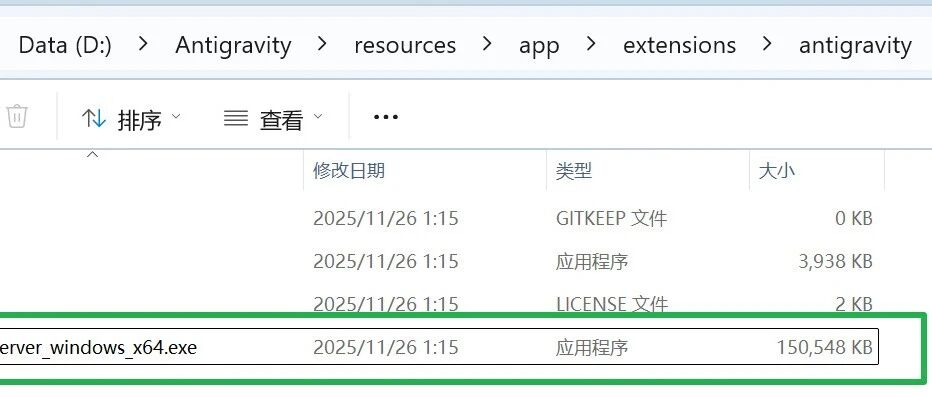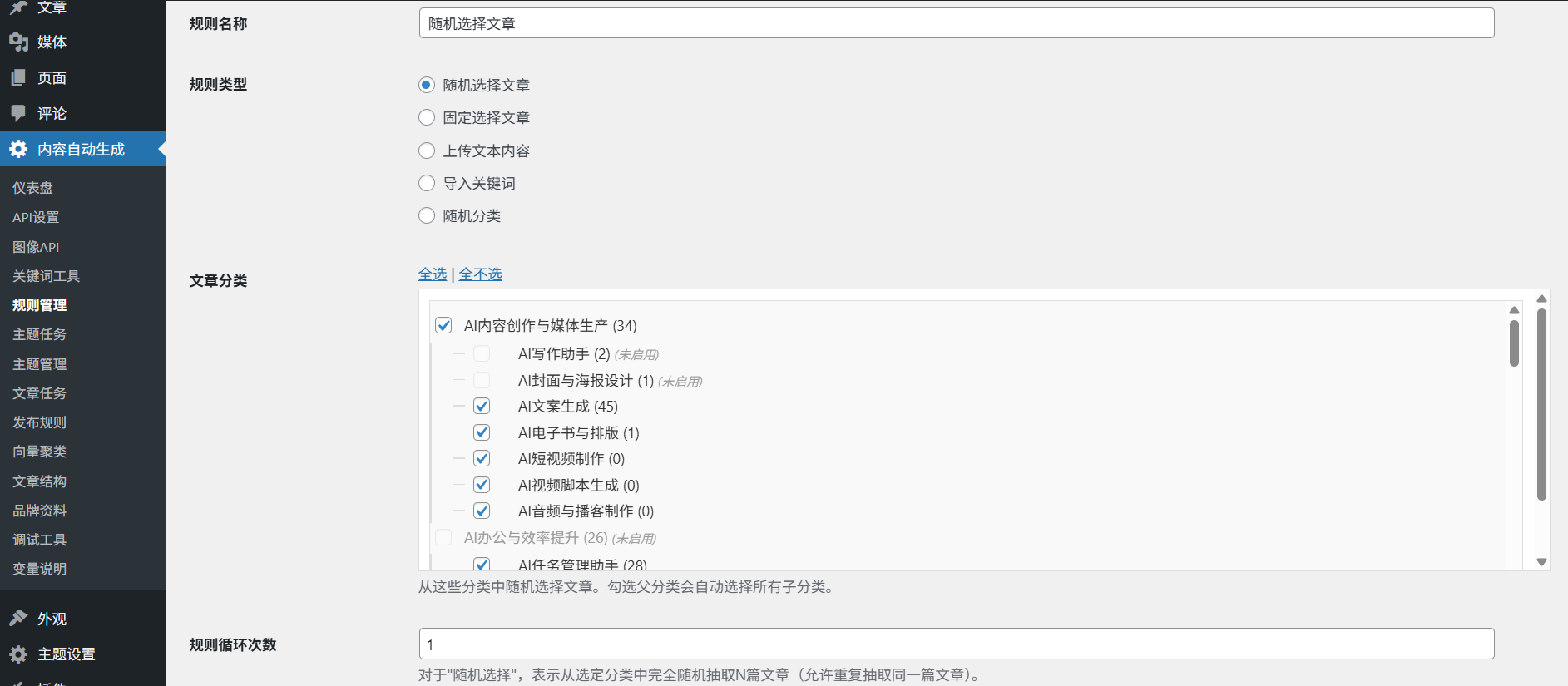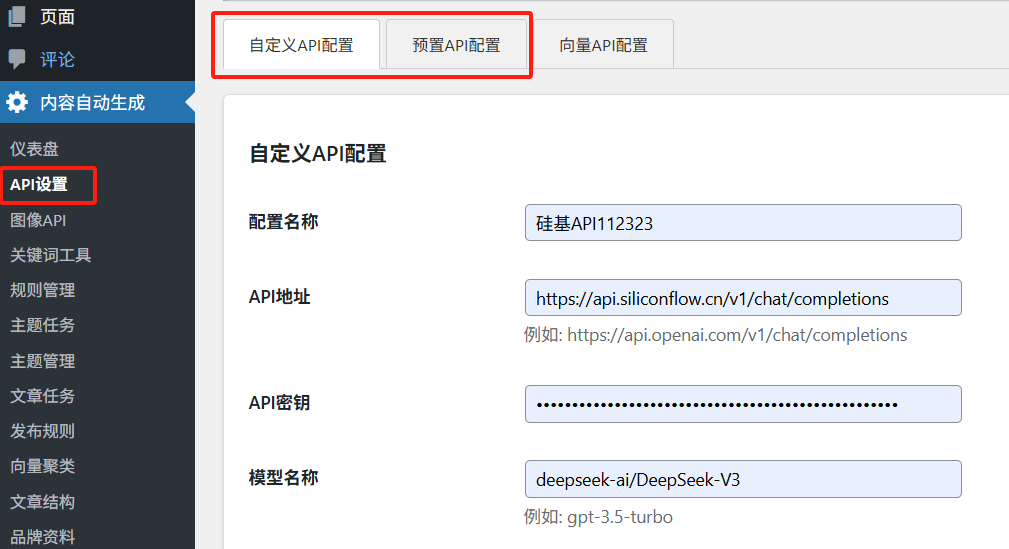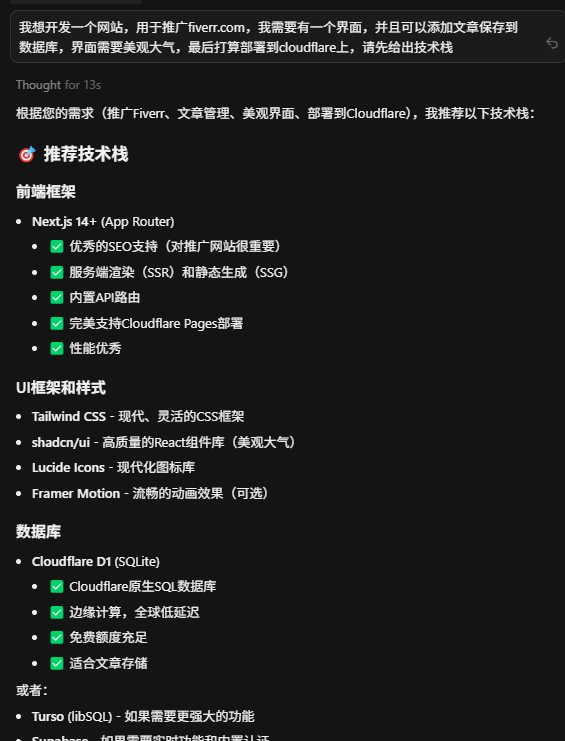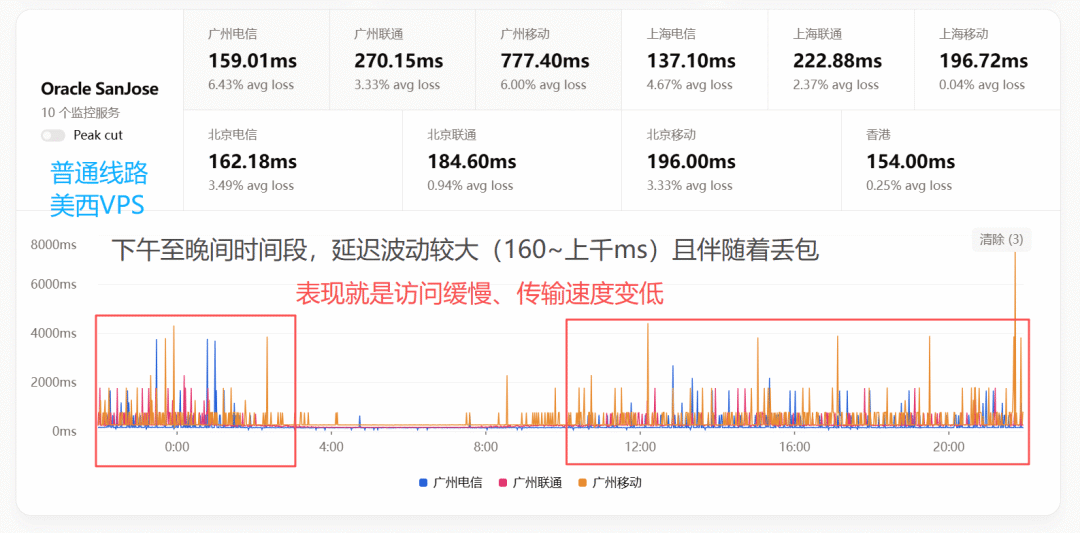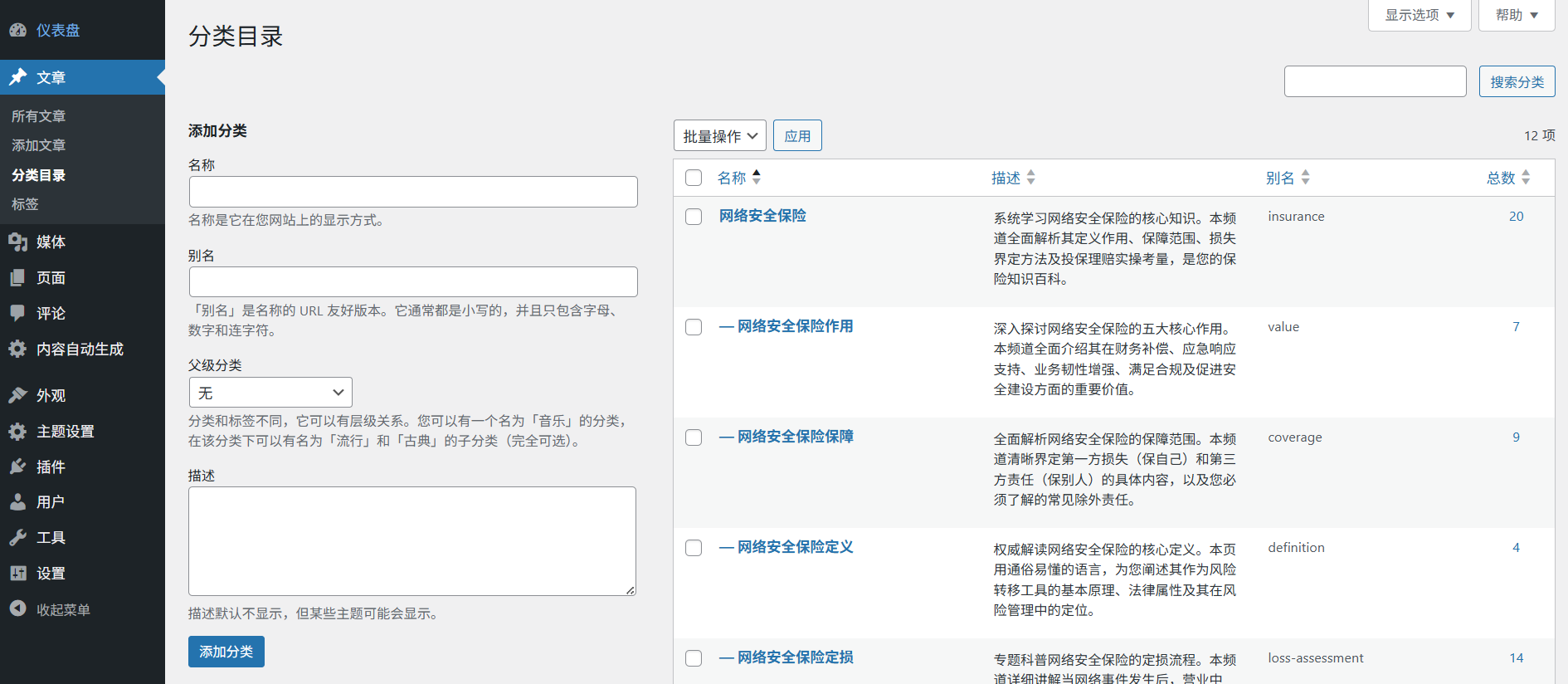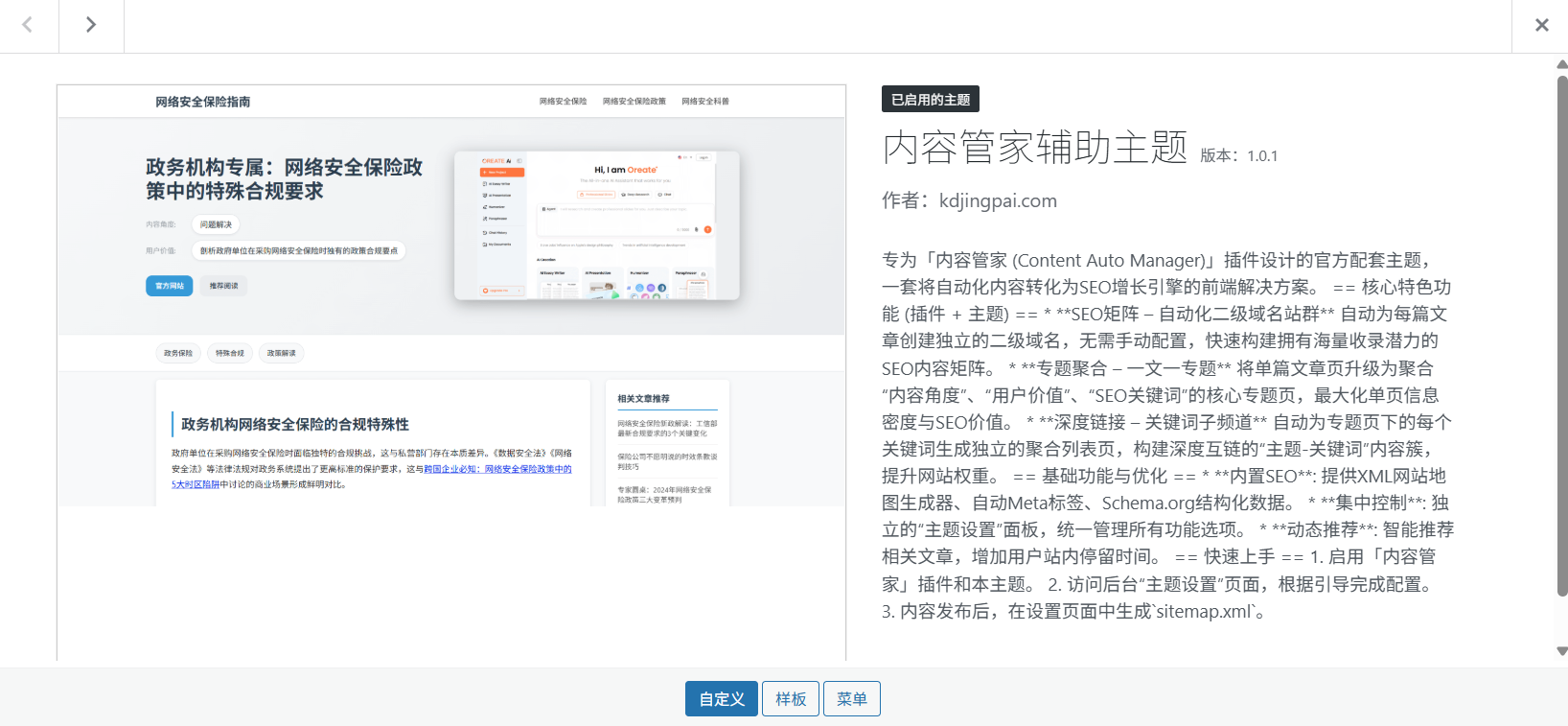Core Features and Architecture of Open Deep Research
Open Deep Research is an open source intelligent research assistant developed by LangChain whose core function is to help users generate in-depth research reports on various topics. It utilizes an advanced planning and execution workflow architecture that allows users to first plan the report structure and review it, followed by an automated research phase. The tool's distinguishing feature is its support for users to choose from different combinations of AI models, including three key components: a planning model, a search engine API, and a writing model.
At the technical implementation level, the system supports Tavily and Perplexity as search engine API options; the writing model integrates advanced large language models such as Anthropic Claude 3.5 Sonnet; and DeepSeek or OpenAI inference models can be used at the planning stage. This modular design allows researchers to flexibly configure different layers of AI capabilities according to specific needs.
The biggest advantage of Open Deep Research that differentiates it from traditional research tools is its built-in multiple iteration mechanism, which ensures the depth and accuracy of the report content through a cyclic process of reflection and search. Users can invoke the system via either the command line or Jupyter Notebook, and it supports both local deployment and cloud services.
This answer comes from the articleOpen Deep Research: LangChain's Open Source Intelligent Assistant for Deep ResearchThe













